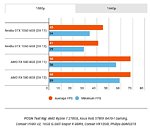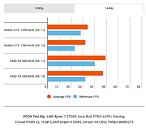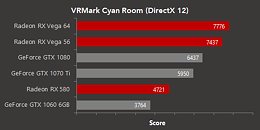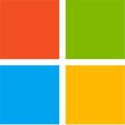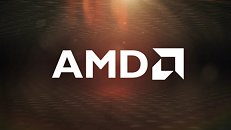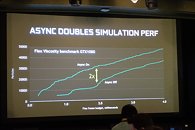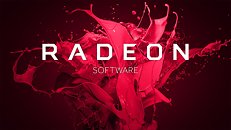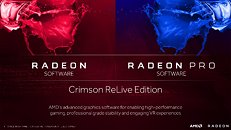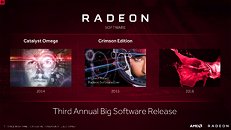
AMD Beats NVIDIA's Performance in the Battlefield V Closed Alpha
A report via PCGamesN points to some... interesting performance positioning when it comes to NVIDIA and AMD offerings. Battlefield V is being developed by DICE in collaboration with NVIDIA, but it seems there's some sand in the gears of performance improvements as of now. I say this because according to the report, AMD's RX 580 8 GB graphics card (the only red GPU to be tested) bests NVIDIA's GTX 1060 6GB... by quite a considerable margin at that.
The performance difference across both 1080p and 1440p scenarios (with Ultra settings) ranges in the 30% mark, and as has been usually the case, AMD's offerings are bettering NVIDIA's when a change of render - to DX12 - is made - AMD's cards teeter between consistency or worsening performance under DX 12, but NVIDIA's GTX 1060 consistently delivers worse performance levels. Perhaps we're witnessing some bits of AMD's old collaboration efforts with DICE? Still, It's too early to cry wolf right now - performance will only likely improve between now and the October 19th release date.
The performance difference across both 1080p and 1440p scenarios (with Ultra settings) ranges in the 30% mark, and as has been usually the case, AMD's offerings are bettering NVIDIA's when a change of render - to DX12 - is made - AMD's cards teeter between consistency or worsening performance under DX 12, but NVIDIA's GTX 1060 consistently delivers worse performance levels. Perhaps we're witnessing some bits of AMD's old collaboration efforts with DICE? Still, It's too early to cry wolf right now - performance will only likely improve between now and the October 19th release date.

